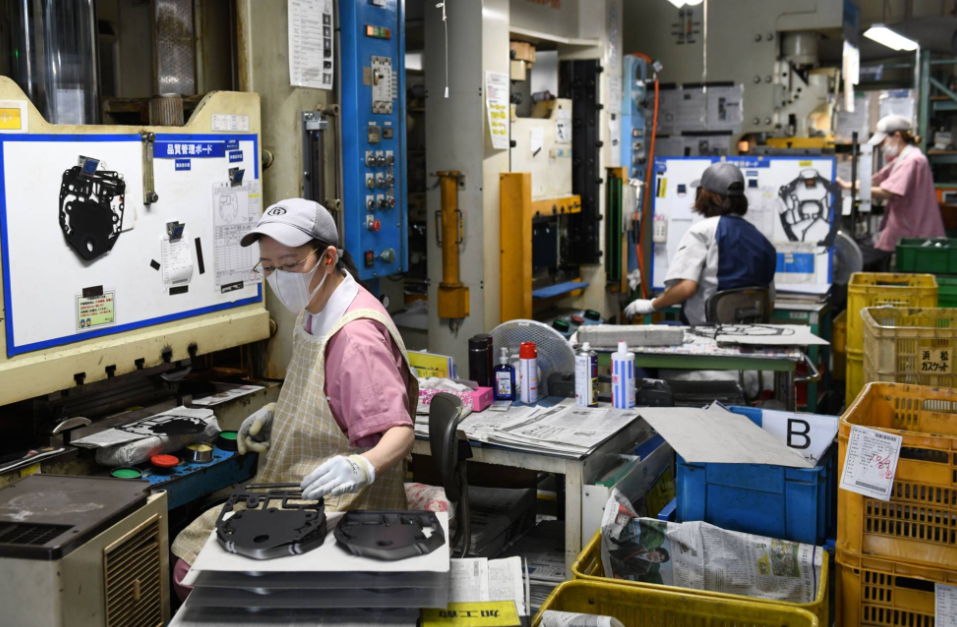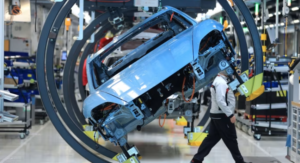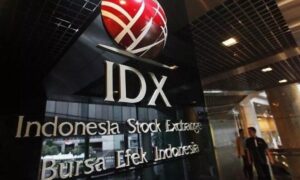In September, Japan’s factory activity declined at its fastest rate in seven months, with the au Jibun Bank Japan manufacturing PMI dropping to 48.5 from 49.6 in August. This decline, in line with a preliminary reading of 48.6, reflects the ongoing impact of deteriorating global economic conditions, as the index has now stayed below the growth-contraction threshold of 50.0 for four consecutive months.
The country’s manufacturing sector experienced its lowest output levels since June, and new order declines reached their sharpest point since February, according to S&P Global Market Intelligence data.
These setbacks were primarily attributed to the challenging economic conditions both within Japan and globally. New export orders have also remained in contraction for 19 consecutive months, driven by reduced demand from mainland China and Taiwan.
Japan, in September, experienced rising input price inflation, reaching a four-month high. This increase was driven by factors such as higher costs for raw materials, oil, freight, and energy, as well as a weak yen. The yen’s depreciation was influenced by the Bank of Japan’s loose monetary policy, which raised the costs of imported goods and squeezed manufacturers.
Additionally, in September, voluntary resignations exceeded the filling of existing job vacancies, resulting in an unchanged employment subindex compared to the previous month.
The negative headline figure in September’s manufacturing activity followed recent government data indicating that Japanese factory output remained unchanged in August. However, there was an improvement in Japanese manufacturers’ future output expectations, as they rebounded after reaching their lowest growth level in six months in August, according to S&P.
(Source: Satoshi Sugiyama | Sam Holmes | Reuters)









